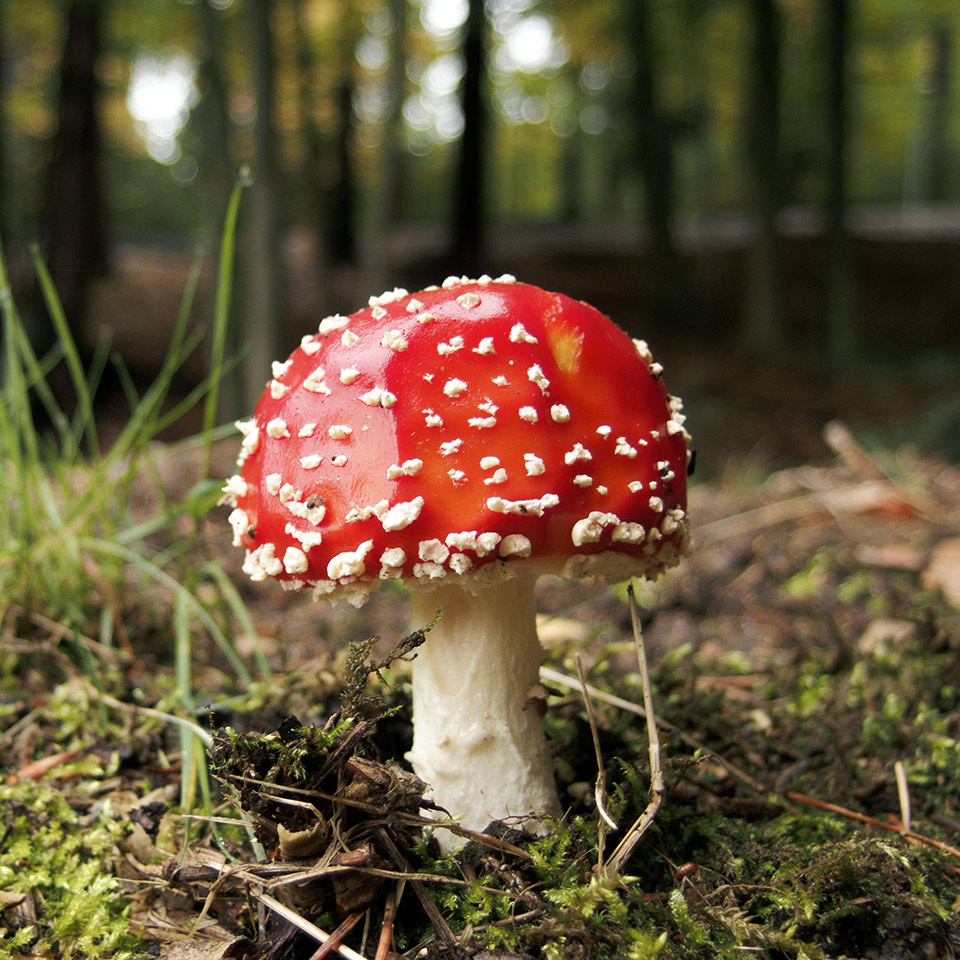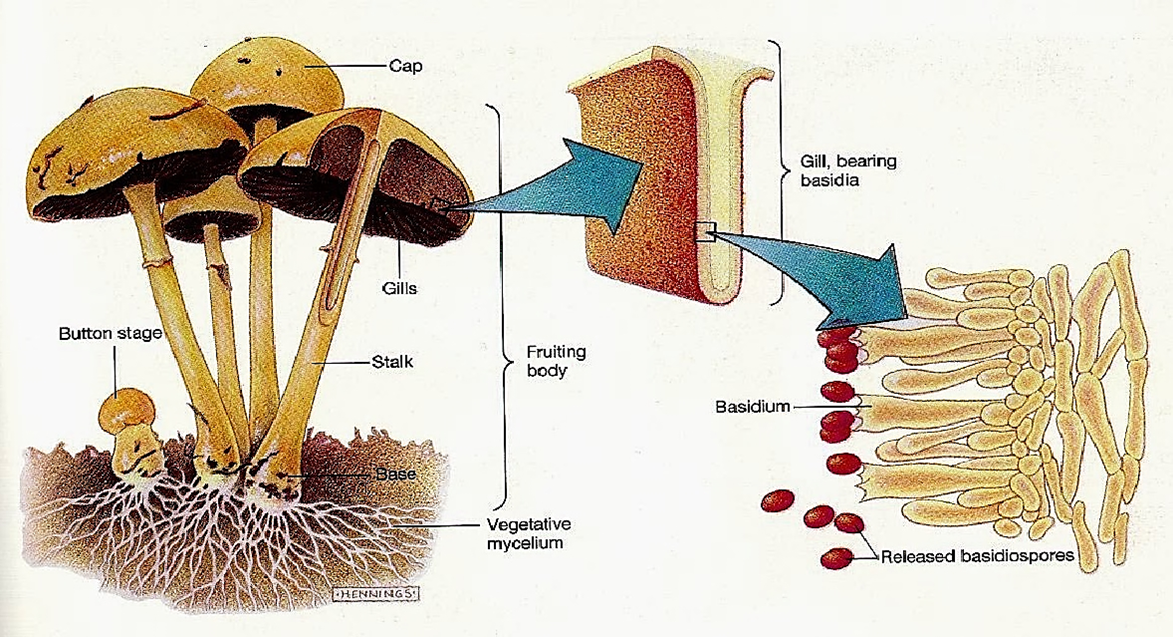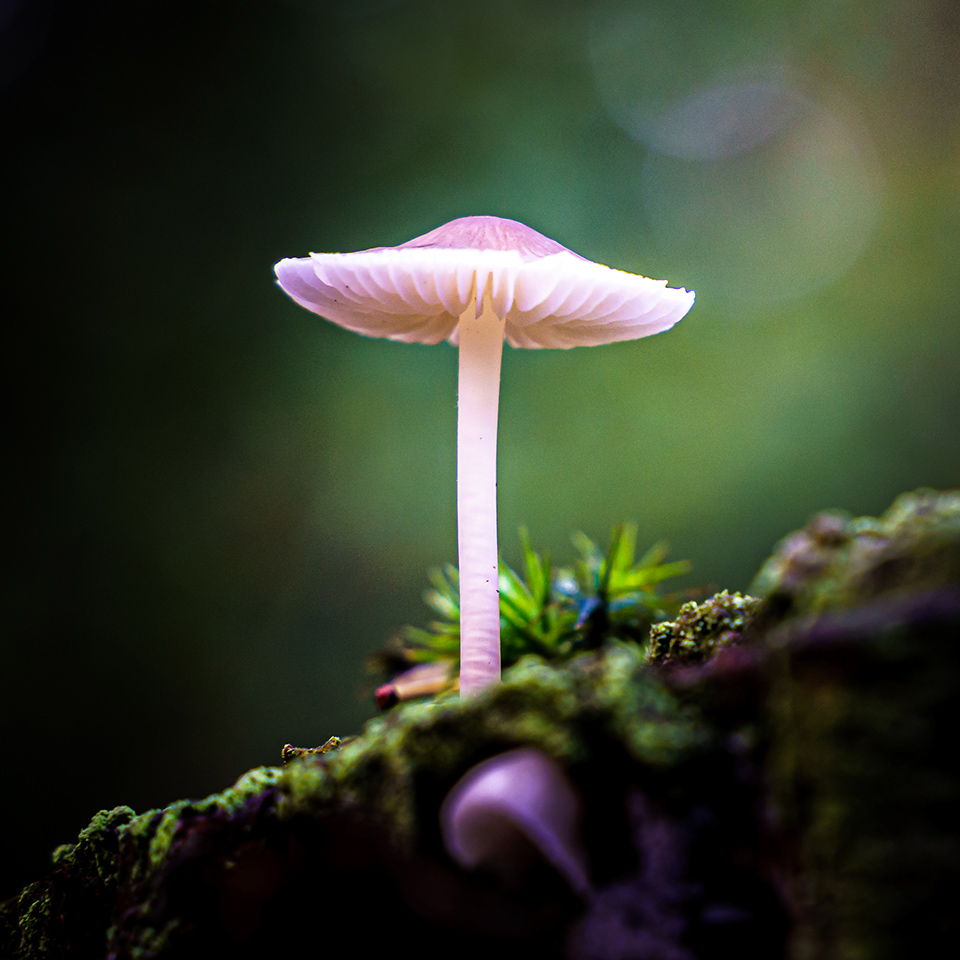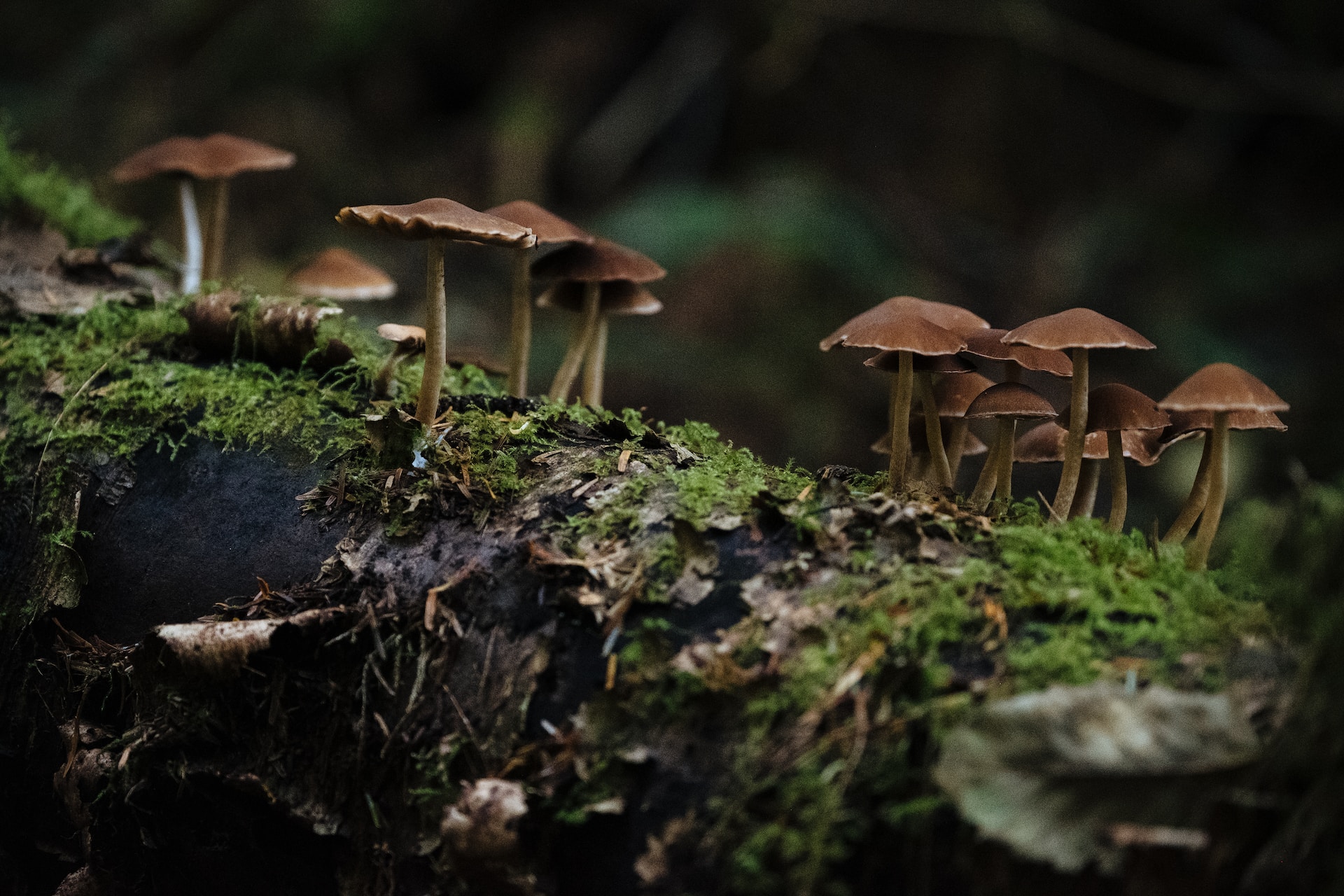Fungi Facts | Just What Are Fungi? – Centre of Excellence
Fungi are diverse and fascinating organisms. From the humble mushroom to microscopic yeasts, fungi play crucial roles in nutrient cycling, medicine, food production, and environmental health. In this article, we’re going to take you on a journey to explore the world of fungi, including the various types and life cycles.
Mục Lục
What are Fungi?
Fungi are not simply mushrooms! In fact, they are a distinct group of organisms that are separate to plants, animals, and bacteria. They form part of a diverse group of eukaryotic organisms; this means that their cells have nuclei and other membrane-bound organelles. However, unlike plants, fungi do not produce food via photosynthesis. Instead, they absorb nutrients from the environment.

Fungi Structure
The structure of fungi is unique compared to other organisms. Fungi are made up of thread-like structures called hyphae, which form a network called mycelium. The mycelium grows and spreads through substrates like soil, wood, or other organic materials and absorbs nutrients from them.
The cell walls of fungi are made up of chitin; a tough polysaccharide that’s also found in the exoskeletons of insects and crustaceans. Unlike plants, fungi do not have chloroplasts and are unable to perform photosynthesis.
The hyphae of fungi can be either septate or non-septate. Septate hyphae are divided into compartments by cross-walls called septa, which allow for the efficient movement of nutrients between different parts of the mycelium. Non-septate hyphae are not divided into compartments and are more primitive in structure.

Types of Fungi
Many varieties of fungi have been classified based on their characteristics, life cycles and ecological relationships.
Yeasts
Yeasts are single-celled fungi that reproduce asexually by budding, and are mainly used to produce bread, beer, and wine. They also play an important role in fermentation.
Moulds
Moulds are multicellular fungi that grow in many environments. They produce spores that can be dispersed by the wind, and can be harmful in large quantities. Some moulds, such as Penicillium, are used to produce antibiotics.
Mushrooms
Mushrooms are the familiar fruiting body of certain types of fungi. They are typically found above ground and can vary widely in appearance: from small and delicate to large and imposing. Mushrooms are important decomposers, and are also used for food and medicinal purposes.
Lichens
Lichens are unique types of fungi that form a symbiotic relationship with a photosynthetic organism such as algae or cyanobacteria. They can even grow in harsh environments like deserts, mountains (including on rocks and trees), and the Arctic tundra, where they help to stabilise the soil.
Mycorrhizae
Mycorrhizae are mutualistic fungi that are symbiotic with plant roots. Mycorrhizae help plants to absorb nutrients and water from the soil and, in return, the plants provide the fungi with sugars.
Endophytes
Endophytes are fungi that live within the tissues of plants without causing any harm to the host. They can help plants resist pathogens and tolerate environmental stresses due to their symbiotic relationship.
Parasitic Fungi
Parasitic fungi obtain nutrients from living hosts. Some types can cause serious diseases in plants, animals, and humans.

The Life Cycle of Fungi
Understanding the life cycle of fungi helps us to understand their ecology and develop ways to control fungal diseases. They have a unique life cycle that involves both sexual and asexual reproduction. In asexual reproduction, fungi produce spores that can germinate into new individuals. In sexual reproduction, two compatible individuals come together to form a new individual.
The life cycle of fungi typically involves several stages, including:
- Spore formation: Fungi produce spores via a process called sporulation. Spores are typically dispersed by the wind or other means, and can germinate into new individuals under the right conditions.
- Germination: When a spore lands on a suitable substrate it can begin to grow. The germinating spore forms a structure called a hypha, which can grow and branch to form a network of hyphae called mycelium.
- Vegetative growth: The mycelium grows and spreads, absorbing nutrients from the substrate. During this stage, a fungus can reproduce asexually by producing more spores or by fragmenting the mycelium.
- Sexual reproduction: When conditions are favourable, two compatible individuals can come together and fuse their hyphae to form a new individual. This process is called mating, and can involve the exchange of genetic material. The resulting individual can then produce spores through sporulation.
The Importance of Fungi
As you’ve discovered from reading this article, fungi are more than just mushrooms; they’re fascinating organisms that contribute a lot to the ecosystem. In this section, we’re going to explain why fungi are so important for human society and the ecosystem.
Nutrient Cycling
Fungi play a key role in decomposing dead organic matter and recycling nutrients back into the ecosystem. Without fungi, dead plant and animal matter would accumulate and nutrients would become trapped, leading to a reduction in soil fertility and plant growth.
Food & Medicine
Fungi are also used in many different types of food, from bread and beer to cheese and soy sauce! They are also used in traditional medicine to treat various infections and even cancer. Some fungi (especially those that produce penicillin), have even revolutionised modern medicine by providing antibiotics to treat bacterial infections.
Environmental Impact
Fungi can have both positive and negative impacts. On the plus side, some fungi form symbiotic relationships with plants, boosting their nutrients and helping them to resist disease. However, some fungi can cause plant and animal diseases, leading to crop losses and declines in biodiversity.
Industrial Uses
Fungi are used to produce some enzymes, biofuels, and biodegradable plastics. They are used in bioremediation, a process where fungi break down and remove pollutants from contaminated environments.

Fungi Facts
Now for some fun and interesting facts about fungi!
Did you know…
- Fungi are more closely related to animals than plants. Both fungi and animals are heterotrophic, meaning that they obtain their nutrients by consuming other organisms.
- Fungi can grow to enormous sizes. The largest organism in the world is a fungus called Armillaria ostoyae, which covers over 2,200 acres in Oregon and is estimated to be over 2,400 years old!
- Some fungi can glow in the dark! This phenomenon is known as bioluminescence, and happens because of a chemical reaction.
- Fungi can communicate with each other. Some species of fungi can release chemical signals that allow them to communicate and coordinate their behaviour with other nearby fungi.
- Fungi can be used to make dyes for clothing. For example, the red pigment used in traditional Chinese silk dye is actually produced by a fungus called Monascus purpureus.
As we’ve discovered, fungi are an important and amazing group of organisms. From their unique chitin cell walls to their ability to glow in the dark, fungi continue to surprise and delight us with their many unusual traits!
If you want to learn even more about fungi, then we have a Mycology Diploma Course that covers everything you could wish to know. It outlines a variety of topics that range from the basics of fungal biology to the latest research into their medicinal and industrial uses, and is available now for just £29 (save £98!). Discover all the amazing things these organisms have to offer today!






